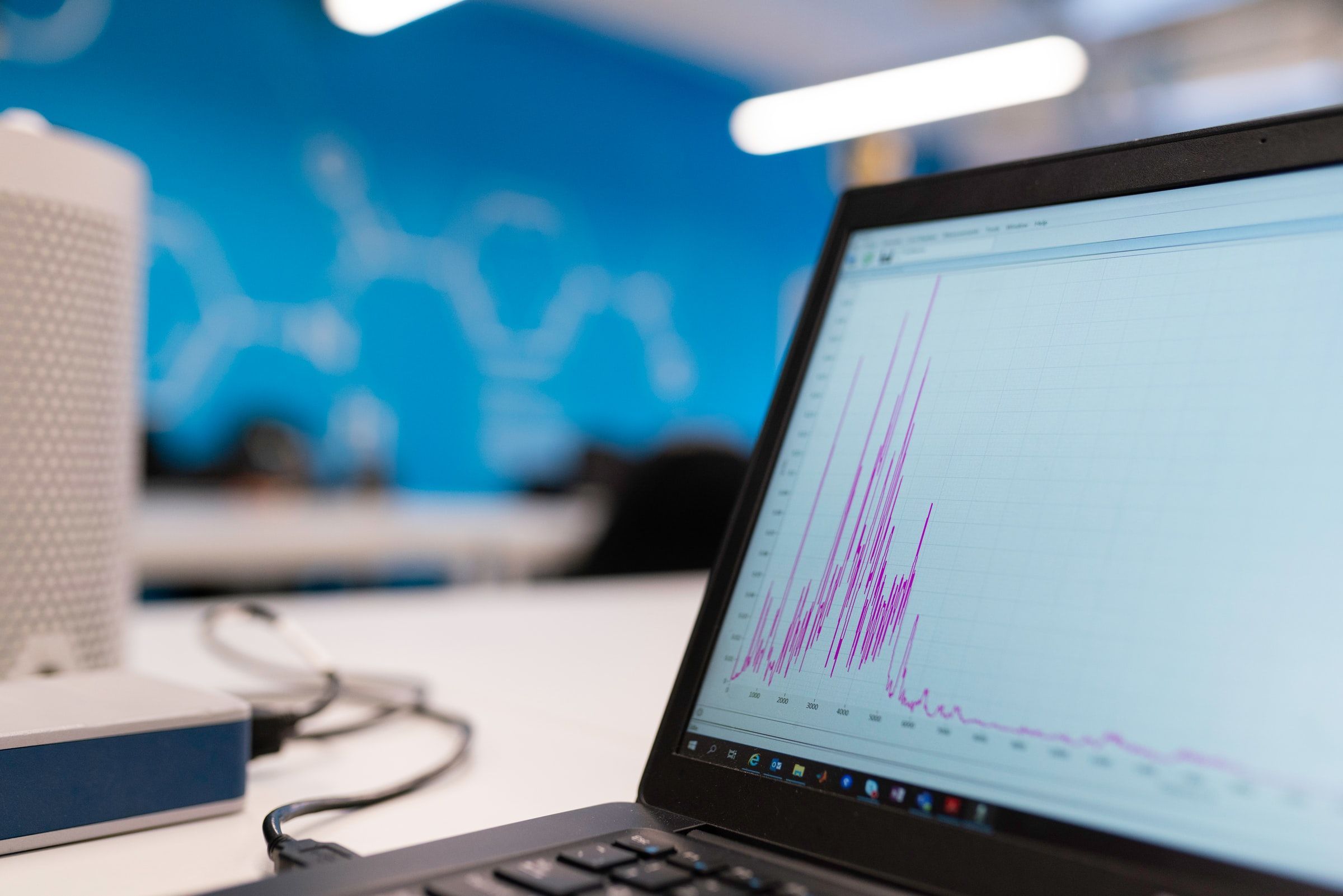Problem
Industrial assets are increasingly equipped with a wide range of sensors and instrumentation, generating large volumes of data which can be used to assess plant condition and steer operation. If put to good use, plant data can be used to reduce overall maintenance burden without compromising safety or quality. However, sensors themselves also require maintenance. In some cases, particularly with chemical analysis equipment, ensuring that sensors remain calibrated and in good condition can be a significant maintenance demand, eating into the benefits of instrumentation.
In this case, the client’s need to ensure high quality chemical analysis data from gas chromatographs required them to conduct a weekly check to ensure the instrument was within calibration. Recalibrations were typically required only around once per quarter. The client wanted to improve efficiency by shifting away from scheduled calibration checks and adopting a more condition-based approach.
Approach
Ada Mode deployed our soft sensor technology, drawing on plant data and physical simulations to generate an accurate simulation of the values produced by the target instrument. Generating a soft sensor provides a baseline against which to compare actual data from the plant. As calibration drift occurs on our target instrument, the data it reports and the soft sensor’s predicted values increasingly drift apart, providing a measure of sensor drift.
Quantification of sensor drift was presented as a red / amber / green ‘health score’, providing a simple picture of the health of targeted sensors.
Machine learning and domain expertise allowed for production of a 'Soft Sensor', enabling quantification of calibration drift in complex instrumentation.
Outcome
Deviation between the actual data and the soft sensor’s prediction can be attributed to drift of the target sensor. Through this method, we were able to pin-point periods of historic operation where our soft sensor was able to successfully detect sensor drift.
Future deployment of this method on live plant data will allow operators to perform calibration checks with reduced frequency, or even eliminate them altogether, while improving confidence in the integrity and accuracy of high value data.



